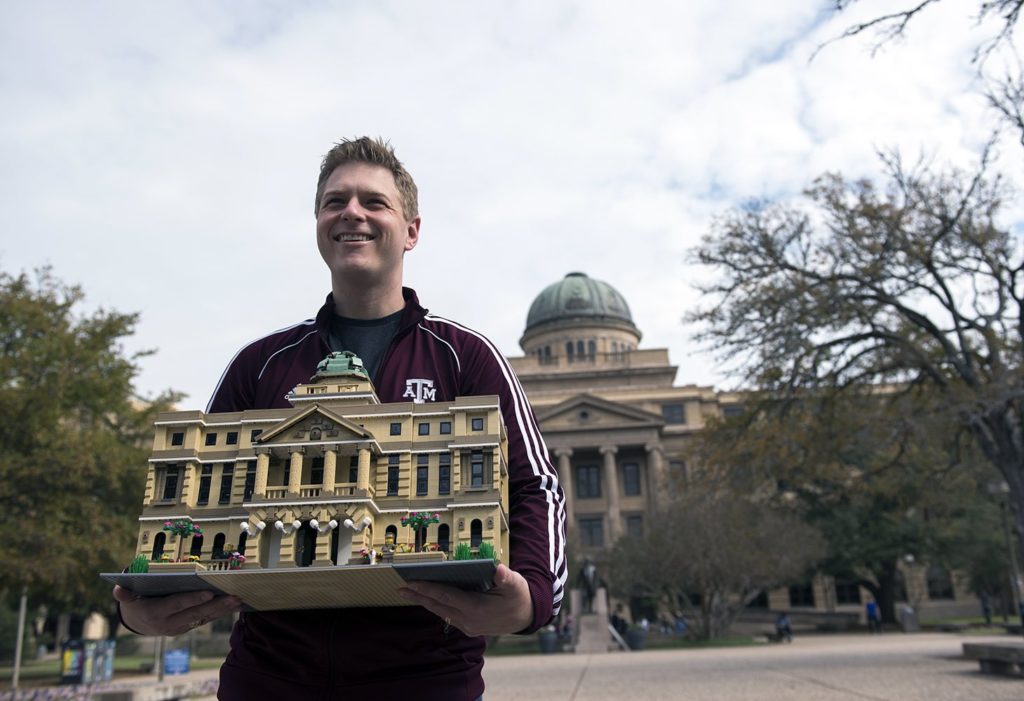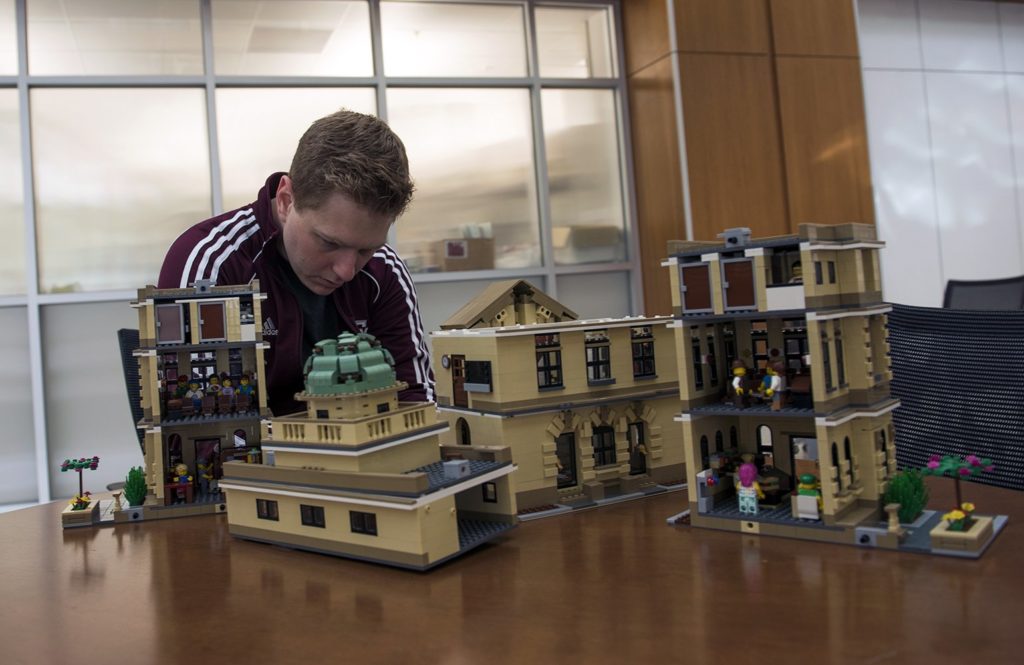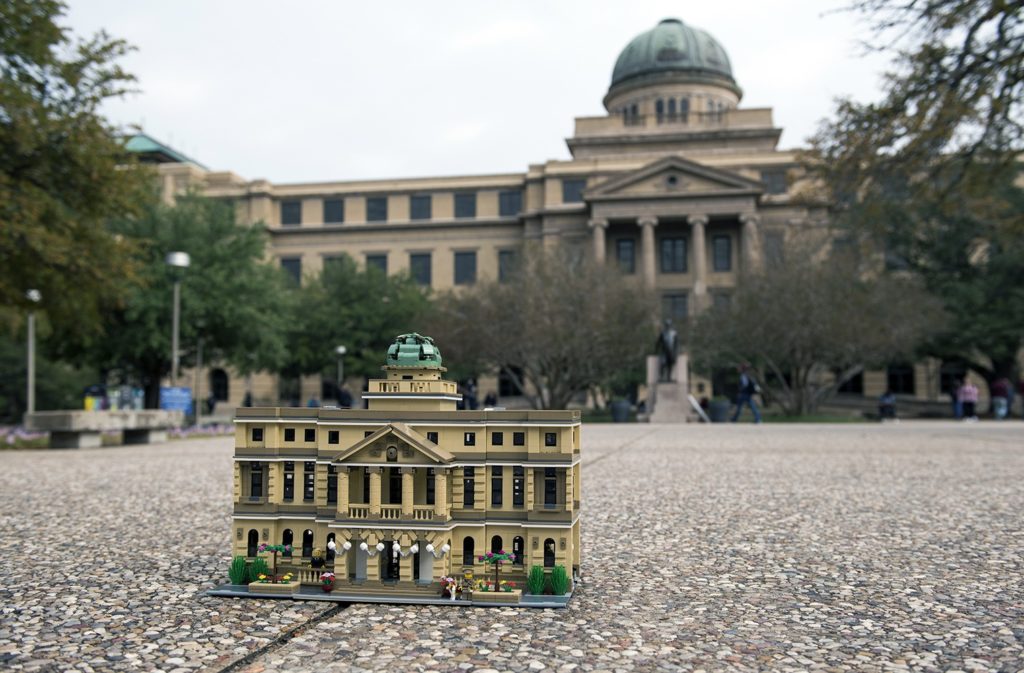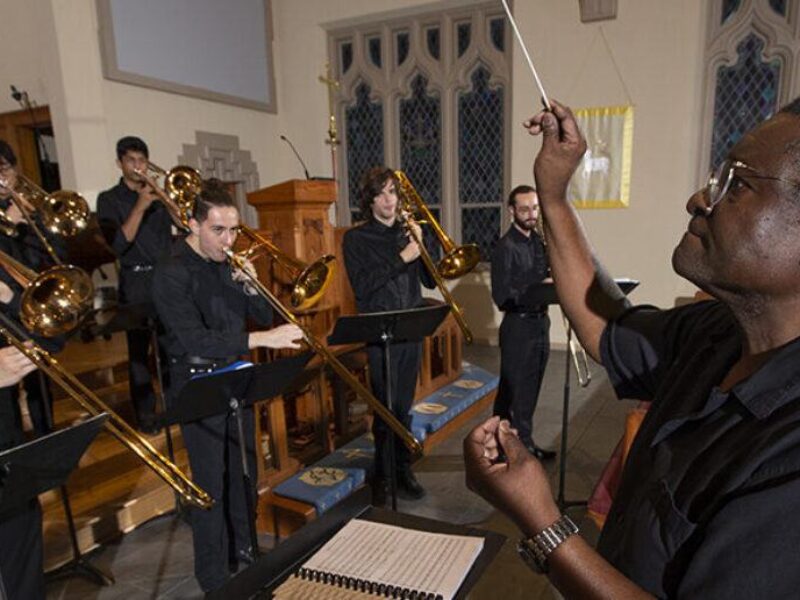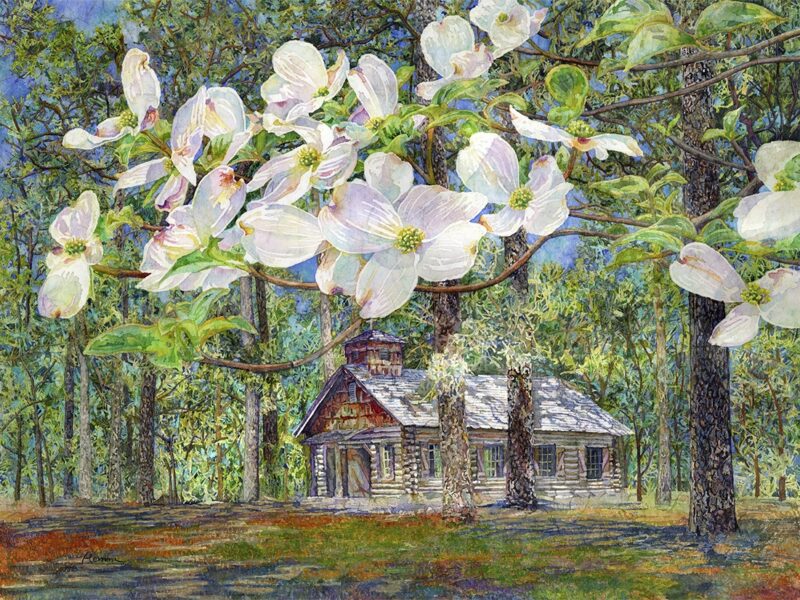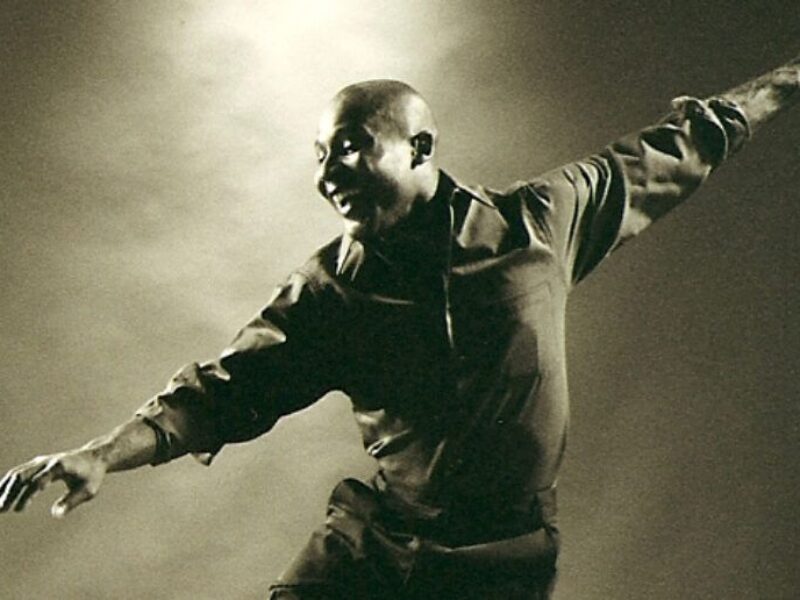Like many people, Luke Lyons ’08 began collecting and playing with LEGOs as a child. The only difference is, he never stopped.
In between building and balancing the workload of his doctoral studies into a Ph.D. in curriculum and instruction with an emphasis in science education at Texas A&M University, Lyons meticulously assembles the colorful plastic bricks into elaborate structures. His handiwork ranges from motorized models to intricate cityscapes populated with tiny LEGO people, and he scours the Internet for rare, hard-to-find pieces just to make his next project that much more realistic.
For enthusiasts like Lyons, a 2008 Texas A&M biology graduate, the classic childhood toy known the world over transcends the usual fun and games. It’s an artistic escape.
“LEGO gives me a chance to tap into my artistic creativity that I maybe don’t get with hours and hours of studying every day,” Lyons said. “The joy of LEGO is the ability to make or invent anything you want.”
Given that the only other hat Lyons wears as proudly as LEGO aficionado is that of die-hard Aggie, it was inevitable that his two worlds eventually would meet. Lyons’ most recent creation, which he considers to be his greatest yet, is a replica of what some consider to be the crown jewel of Texas A&M’s 5,200-plus-acre campus – the 103-year-old Academic Building. The idea for the LEGO structure began during his daily treks past the iconic structure and developed to the point that Lyons said he could almost visualize its beaux-arts style architecture in LEGO form.
Honoring a campus crown jewel
It took Lyons nearly two years to conceptualize, design and construct the 3,000-piece reproduction, right down to the recognizable oxidized copper dome.
“I thought about what was the most familiar building on campus, the one that most Aggies visualize when they think of Texas A&M,” Lyons said. “For me, it’s always been the Academic Building. I didn’t even know if it would be possible to build, but I wanted to give it an attempt.”
Now he’s gaining support to have it made into an official LEGO set. Lyons submitted his version of the Academic Building to the LEGO Ideas website, and if his proposal garners 10,000 votes, it will be evaluated by the LEGO Review Board, which will then select certain entries for mass production.
Currently, Lyons’ Academic Building concept is the campaign’s most popular design with 2,000 votes. However, the worldwide backing isn’t exclusively from Aggies. One person from the Netherlands commented on the beauty of the building, which Lyons called nothing short of “incredible.”
In the event his Academic Building isn’t selected to become a set, Lyons said he’s mulling a backup plan to somehow make available a detailed set of instructions and parts list for those who want to build their own.
“There could be a LEGO Academic Building in every Aggie’s home who wants one,” Lyons said.
Beyond bridging imagination and reality, another dimension of LEGO’s charm is its versatility. No longer just for hobbyists, LEGO throughout the years has evolved into an invaluable learning tool used in many classrooms across the world, one that Lyons also has readily applied in academic contexts.
Prior to returning to Texas A&M as a full-time graduate student, Lyons taught high school biology in Navasota, invariably with a handful of LEGO pieces on his desk to better explain to his class the cellular building blocks of life with actual building blocks.
“I would use that parallel,” Lyons explained. “These are LEGOs, they’re made into all of these specialized pieces, and they’re made of the same thing. However, not all of the pieces are exactly the same just like not all cells are exactly the same. But when you put them all together you have this creation – in our case an organism.”
Lyons noticed LEGO’s tie-in to education back when he was just a high school student, long before he was a teacher. It was around that time that he also began to realize that he had a talent for building unique, customized models.
LEGOs as a teaching tool
During a Shakespearean unit in ninth-grade English, Lyons’ class was given the option of either composing their own poetry or creating a representation of the Globe Theatre. Lyons, armed with his LEGO collection, chose the latter.
Years later, Lyons again turned to LEGOs in graduate school for a research project on school buildings in the first half of the 20th century, putting together a likeness of the Navasota Independent School District’s 87-year-old former high school-turned-administration building.
While both projects resulted in passing grades and compliments from teachers and peers alike, for Lyons, the most fulfilling part remains bringing an idea to fruition.
“Once it all comes together and you snap that last piece on, you sit back for a second and take it in,” Lyons said. “It’s like, ‘Wow, I did it.'”
Lyons’ creativity isn’t limited to LEGOs in his approach to class projects or education in general. He’s currently finishing his dissertation on science literacy of preservice teachers and hopes to eventually land a faculty position at a major university preparing undergraduate education majors for careers as science instructors.
“I love biology, and I love talking about biology,” Lyons said. “The goal for coming back for my doctorate was that I wanted to create better science teachers. Being able to inspire future teachers to be confident in science and know that they have the ability to be great science educators is a passion project for me.”
At one time, Lyons had an entire room dedicated to his collection. However, because he and his wife, Maria, are expecting a baby girl in January, Lyons has converted the room into a nursery – another project adding to life’s balance.
Even though much of his free time will soon be consumed helping with bottle feedings and diaper duty, Lyons says he will still try to squeeze in some LEGO leisure when he can.
“Having a hobby of some kind allows you to connect to something outside of your day-to-day realm,” Lyons said. “Whether it’s researching in a lab, teaching a class or a 9-to-5 job – or even if you’re still a kid in school – you have to have an outlet. LEGO allows you to get your mind off real life for a bit, but at the same time, keep your mind active.”
Just be careful never to step on a LEGO barefooted, Lyons cautioned.
“It’s pretty much the worst feeling in the world,” Lyons said. “It almost made me want to never have them in the house again.
“Almost.”
View or vote for Lyons’ Academic Building concept or learn more about LEGO Ideas at https://ideas.lego.com/howitworks.
Read a related feature in The Battalion or view additional photographs in the Texas A&M Science Flickr archive.
###
Contact: Chris Jarvis, (979) 845-7246 or cjarvis@science.tamu.edu or Luke Lyons (979) 446-1611 or lukelyons@tamu.edu
